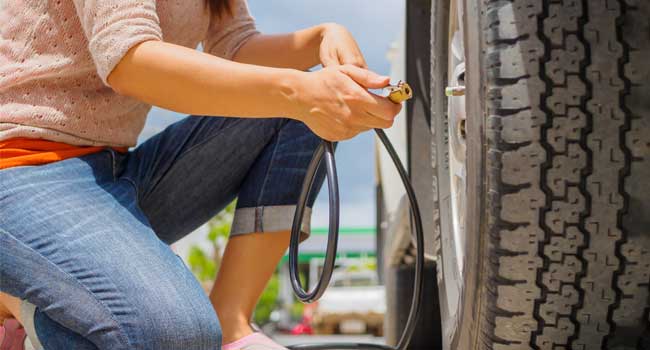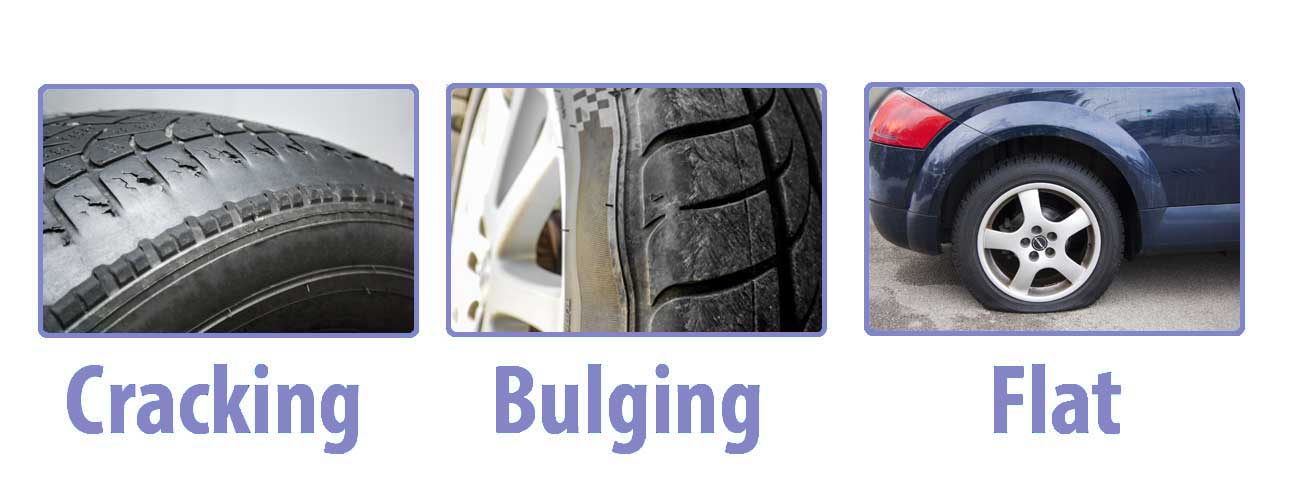One of the most essential parts of your car that you should be regularly checking is your tyres.
You might not consider them to be that important, but your tyres are often the part of your vehicle that suffers the most wear and tear, as they’re constantly in use whether you are driving or parked.
They are also checked as part of the annual MOT and servicing that your vehicle will have, and if they do not meet the legal requirements mentioned below then your vehicle can fail its MOT.
There are three main things that you need to check on your tyres:
Each of these is straightforward and easy for you to check when you know what you’re looking for, which we hope this guide will help you to understand.
We recommend regularly checking your vehicle’s tyres every few weeks to make sure that you spot any wear as soon as possible. This not only helps prevent further damage to your tyres and potentially the rest of the vehicle but also to keep you and your passengers as safe as possible.
We’d also advise you check the tyres before setting off on any long journey. For a full look at other checks, we also recommend completing before a long trip just click here.

The first thing you need to check is the depth of your tyre tread.
In the UK, the legal minimum depth is 1.6 mm, and this will need to be across the central three quarters of the tyre width and around the entire circumference of it.
You can check the depth using a ruler, a specialised tool you can pick up at Halfords or similar shop, or even a 20 pence piece.
If you find that one of your tyres is below this tread depth then you should get it replaced as soon as possible.
Another important aspect you’ll want to check on your tyres regularly is the pressure.
Each model has a different recommended pressure and you will be able to locate this in the vehicle manual or some vehicles also have it printed in a convenient place like the driver side door sill.
Depending on your model and the tyres you have on the vehicle the pressure may need to be different on the front and rear tyres.
The majority of drivers will use a public tyre pressure which are available at almost every petrol station but you can purchase tyre pressure units that allow you to check the pressure at home, work or wherever else you need to. Unless you are doing a lot of driving or are particularly concerned about your tyre pressure a public unit is sufficient to check and fill, if needed, your tyre pressure.

The third check you need to do is a visual one which is to check the condition of the tyres.
You want to look for any cuts or cracks to the tyre surface, around the entire tyre as these indicate that the tyre might have lost some of its rigidity and structural composition. Small cracks can be normal wear and tear as exposure to UV light can cause these but if you are ever concerned about the size of the crack or it is a larger one we recommend speaking to a garage / tyre provider to see if you need a new one.
You also want to check for any bulges to the tyres’ sidewalls. Bulges happen when the sidewall is damaged and so the structural integrity of the tyre is weakened which allows the air pressure within the tyre to create a bulge in that location.
If you notice a bulge on your tyre it is important that you get this replaced as soon as you are able to as it can blow out at any time, which can be incredibly dangerous if you are driving.

Check out one of our helpful guides or our explaination of leasing to get all your questions answered.
You can unsubscribe at any time